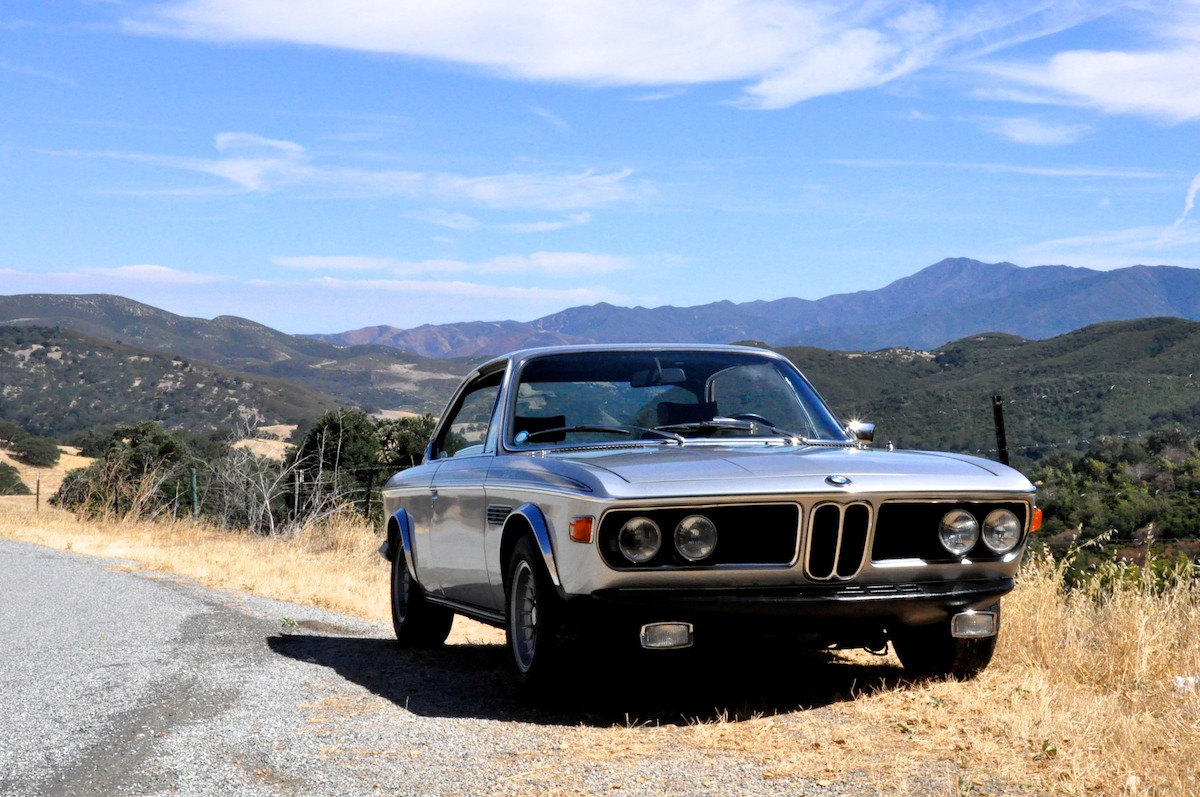3.0 CSL 1972

In 1972, BMW introduced the 3.0 CSL, a car that would become an icon in the world of classic cars and motorsport. Known as the "Batmobile" due to its distinctive aerodynamic design, the 3.0 CSL was a lightweight version of the standard 3.0 CS coupe. It was developed to compete in the European Touring Car Championship, and it didn't take long for it to leave an indelible mark on automotive history.
The 3.0 CSL wasn't just another sports car; it was a meticulously engineered machine designed to dominate the racetrack. BMW's engineers focused on reducing weight, using thinner steel for the body panels and aluminum for the doors, hood, and trunk lid. Even the interior was stripped down, with basic trim and lightweight bucket seats replacing the more luxurious fittings of the standard model. The result was a car that weighed around 300 kilograms less than its road-going counterpart, making it exceptionally agile and responsive.
Under the hood, the 3.0 CSL featured a 3.0-liter inline-six engine that initially produced 180 horsepower. However, later versions saw power outputs increase to 200 horsepower and beyond, thanks to upgrades like fuel injection and larger displacement engines. This potent combination of power and reduced weight allowed the CSL to achieve impressive performance figures for its time, with a top speed of around 140 mph and a 0-60 mph time of just over seven seconds.
Design and Aerodynamics
The design of the 3.0 CSL is one of its most striking features. The car's aerodynamic enhancements were not just for show; they were functional elements designed to improve performance on the racetrack. The "Batmobile" nickname comes from its large rear wing, front air dam, and roof spoiler—features that provided significant downforce at high speeds.
These aerodynamic components were initially supplied in the trunk for owner installation due to German regulations regarding body modifications. Once installed, they transformed the car's handling characteristics, making it more stable at high speeds and during aggressive cornering.
Racing Heritage
The 3.0 CSL's racing pedigree is legendary. It quickly became a dominant force in touring car racing, securing multiple championships throughout the 1970s. Its success on the track helped cement BMW's reputation as a manufacturer of high-performance vehicles.
The car competed in various forms of motorsport, including endurance races like the 24 Hours of Le Mans and the Nürburgring 24 Hours. Its combination of speed, agility, and reliability made it a favorite among drivers and fans alike.
Legacy and Collectibility
Today, the BMW 3.0 CSL is highly sought after by collectors and enthusiasts. Its rarity—only around 1,265 units were produced—combined with its storied racing history makes it a valuable addition to any classic car collection.
The market value of a well-preserved 3.0 CSL can reach into the hundreds of thousands of dollars. Originality is key when it comes to valuation; cars with matching numbers and original parts command higher prices than those with extensive modifications or non-original components.
Driving Experience
Driving a 3.0 CSL is an experience like no other. The car's lightweight construction and powerful engine provide exhilarating acceleration and nimble handling. The steering is precise, offering excellent feedback through the wheel, while the brakes are more than capable of bringing this lightweight racer to a stop with confidence.
The interior may be spartan compared to modern cars, but it serves its purpose well. The bucket seats offer good support during spirited driving, and the minimalist dashboard keeps distractions to a minimum.
Technical Specifications
| Specification | Details |
|---|---|
| Engine | 3.0-liter inline-six |
| Power Output | 180-200+ horsepower |
| Weight Reduction | Approximately 300 kg lighter than standard model |
| Top Speed | Around 140 mph |
| 0-60 mph | Just over seven seconds |
| Production Numbers | Around 1,265 units |
The Impact on BMW's Brand Image
The success of the BMW 3.0 CSL on both road and track played a significant role in shaping BMW's image as a producer of high-performance vehicles. It demonstrated that BMW could compete with—and often outperform—established sports car manufacturers like Porsche and Ferrari.
This shift in perception helped pave the way for future BMW M models, which continue to carry forward the legacy of performance and engineering excellence that began with cars like the 3.0 CSL.
The BMW 3.0 CSL remains an enduring symbol of automotive excellence from the early '70s—a time when innovation and performance were paramount in motorsport engineering. Its combination of lightweight construction, powerful engine options, and iconic design make it a standout in both racing history and classic car collections today.
For those fortunate enough to own one or even drive one, the experience is truly memorable—a testament to BMW's commitment to producing some of the finest sports cars ever made.